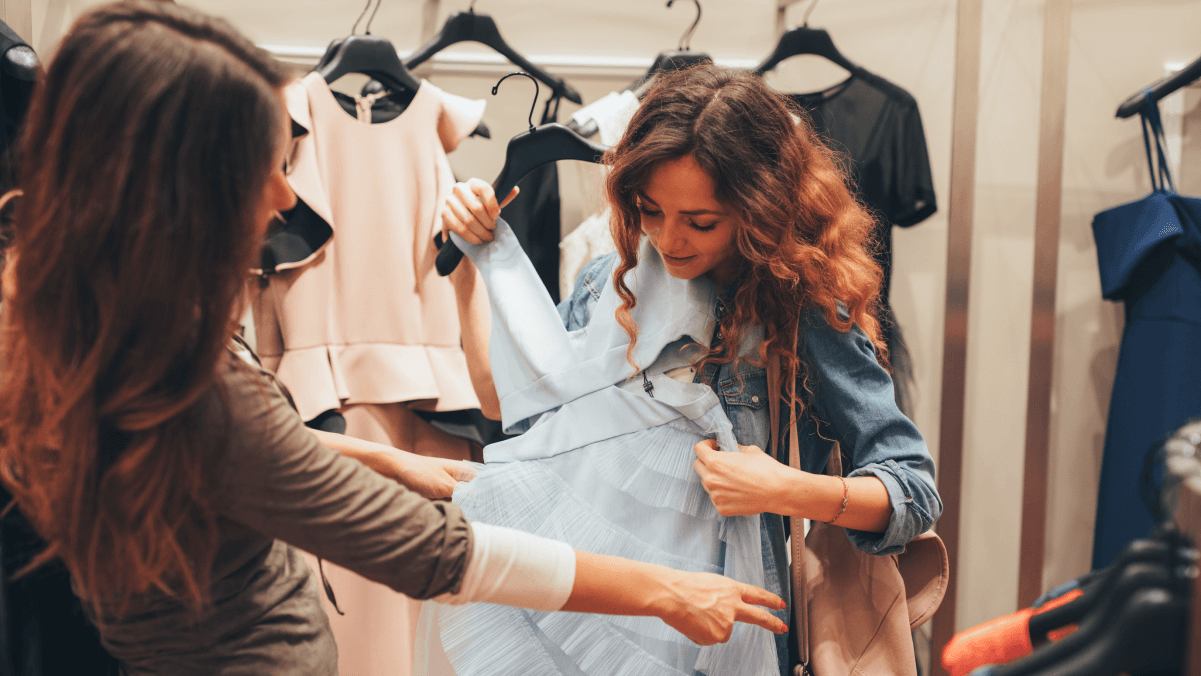When it comes to fashion, having Prada preferences on a Gap budget may have you enviously flicking through the pages of “Vogue.” Designer apparel is not inexpensive, particularly when it comes to high-ticket goods like jackets, shoes, and purses.
However, just because you can not afford Gucci does not mean you can not have luxury labels in your wardrobe. Indeed, with a few savvy techniques, you can still get some of your favorite designer labels — but without paying their exorbitant costs.
Why would anybody want to invest in a designer label? There are many causes for this: Designer labels often use higher-quality, longer-lasting materials. Additionally, these brands communicate a sense of prestige (and money) to friends and business colleagues. Additionally, designer labels provide the possibility of a high future resale value, since some fashion companies are constantly in demand.
Whichever motive you have for coveting Louis Vuitton, the key is to avoid paying those exorbitant costs in order to stretch your budget without compromising your high-end taste. Here are some budget-friendly methods for keeping a designer wardrobe:
Await seasonal discounts
Shopping for your favorite designer during the off-season allows you to take advantage of significant savings as shops make room for new inventory. I paid pennies on the dollar for a bikini by my favorite high-end designer just by shopping for swimwear in September. While you will likely need to keep the goods for a few months, this is an excellent method to acquire designer labels.
Simply use the following guidelines while discount shopping during the off-season:
Select Classical Pieces. If you come upon a fantastic bargain, consider if the item will remain fashionable when it returns to season. Consider footwear: While a peep-toe pump will remain fashionable year after year, a showy, sequin espadrille may become hopelessly out of style next summer. By adhering to timeless silhouettes and designs, you may avoid your ostensibly “great bargain” languishing in the back of your wardrobe.
Inquire about Price Adjustments. Here’s a little-known fact: The best time to shop for off-season fashion is a week or two before a retailer begins its sales — assuming the company will change prices. Price adjustments (in which a merchant returns a portion of the purchase price if an item goes on sale after you acquire it) are often restricted to one or two weeks after the transaction. Thus, you may get the finest selection of clothes before the discounts begin and the goods are sorted, while still receiving the price adjustment a week or two later when the items go on sale. If you’re uncertain about price adjustment restrictions or the start date of a deal, inquire with a sales representative and prepare appropriately.
Verify the “Final Sale” rules. Typically, off-season goods are clearance, which means they are likely final sale and not returnable. Always verify the store’s return policy and ensure you’re satisfied with your purchase before buying it – you’ll almost certainly be stuck with it.
By purchasing jackets in April, swimwear in September, and boots in March, you can maximize your designer dollars. By adhering to the principles of smart off-season buying, you may take advantage of deep reductions and keep your designer items until the appropriate season returns.
Visit thrift stores
Believe it or not, you may discover designer items for less than half their original price if you practice second-hand shopping. I’ve had the most success buying at consignment stores as opposed to thrift stores. Because thrift stores depend on donations, you may come across a nice deal every now and again. There are, however, consignment stores devoted to designer garments. Additionally, since consignment stores either buy items from owners and resell them profitably or sell the goods to the original owners and share the profit, you’re more likely to discover higher-quality stuff there.
Because consignment shops are in business to make money, they often repair, clean, and enhance goods prior to selling them. They’re particularly useful for locating things that don’t often show much wear, such as purses, accessories, or even special-occasion gowns.
Acquire a modest loan
Depending on the kind of clothing business you want to create, you must remain current with fashion trends. Additionally, you’ll know how much to charge, whether it’s in or out of the season. This may be based on previous sales and figures, but you only have one shot.
Once a season has begun, it is extremely difficult to reorder for the following season and have it arrive in time to impress your friends. If you are in this situation, you can get a small loan and forget about this problem.
Once you’ve identified a reputable lender that can provide you with a loan with a reasonable interest rate and a manageable payment schedule, it’s time to shop responsibly. You want to ensure that you can repay your debts. Using a small business loan is a smart option only if you are able to pay a set percentage of the cost of the clothes and just need a little assistance with the remainder. Once your transaction is completed, you may use your pay check to repay the loan. You can also try Omacl Bad Credit Loans for an easy and instant transaction.
The wonderful thing about small loans is that certain lenders will accept you even if your credit is less than ideal or even terrible. You may still get financing for your preferred designer label.
Finally
There is something special about designer products — they are high-end prestige items that are exquisitely crafted. However, you should anticipate paying a premium for the pleasure of wearing Prada.
However, as an astute shopper, you may go outside the showroom to discover that luxury products do not necessarily have to be designer prices. Thinking beyond the brand, scouring discount racks, and even buying second hand may make you feel like a million dollars — without spending a million dollars, of course.


